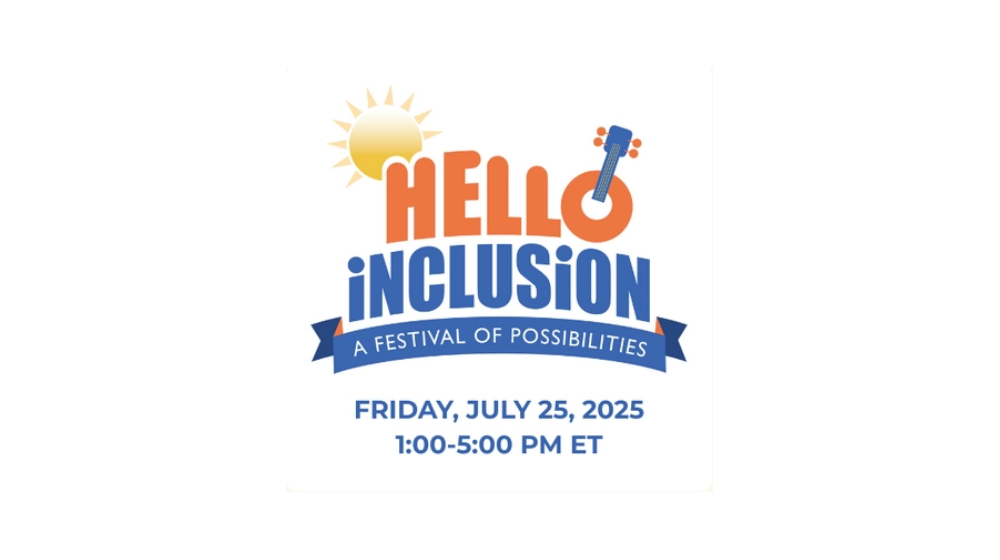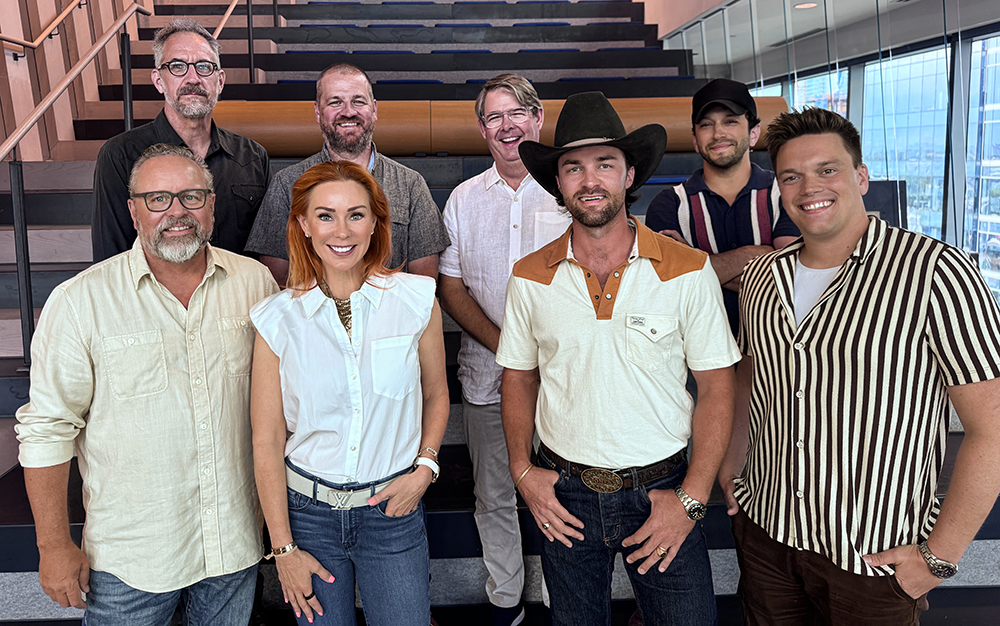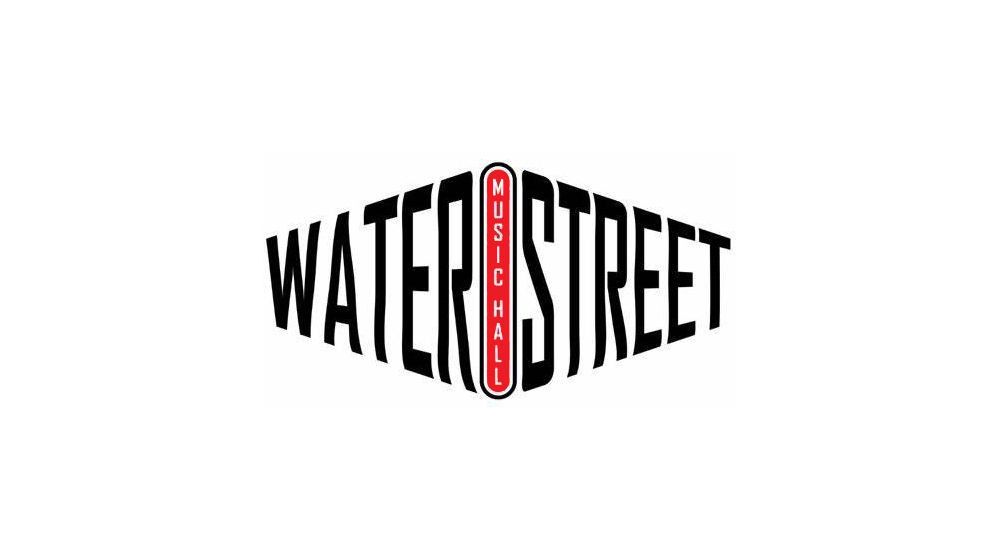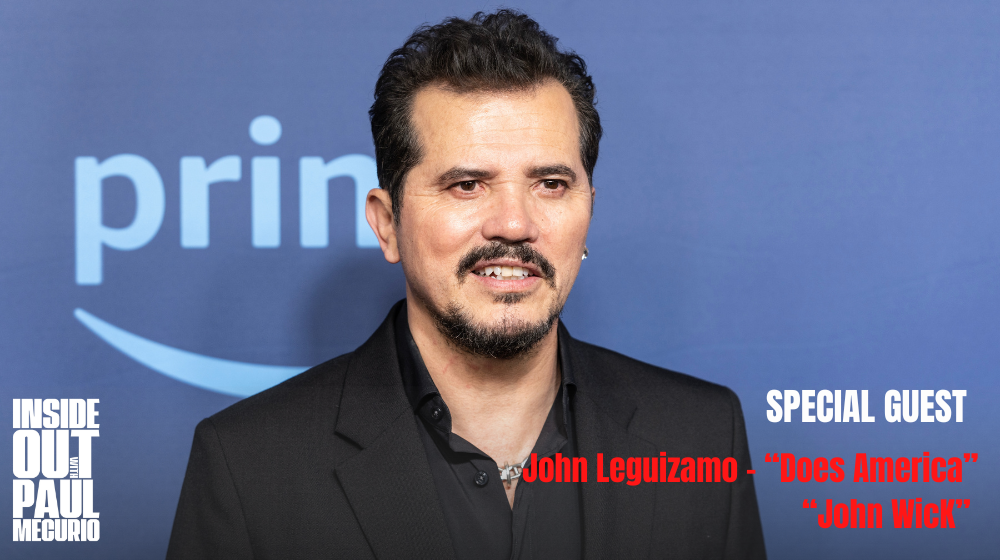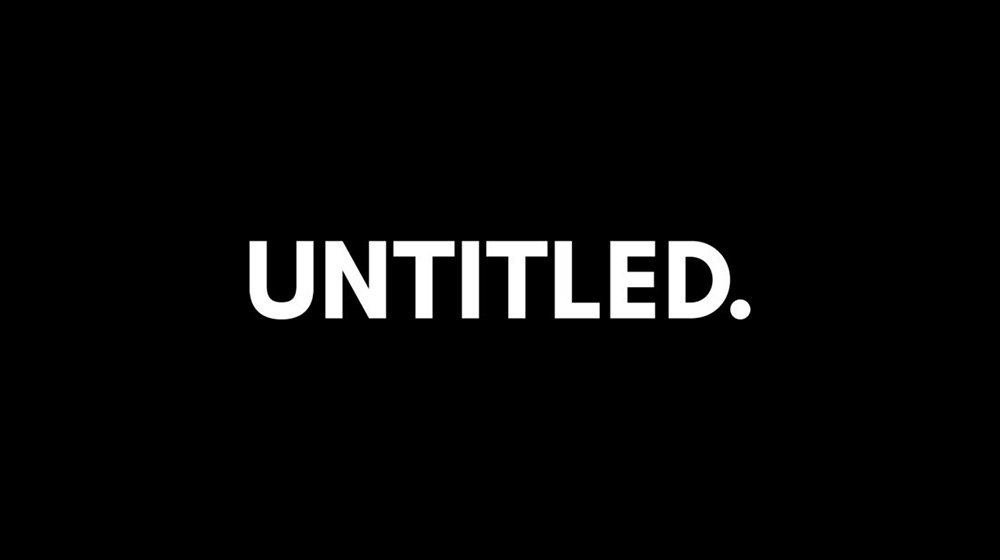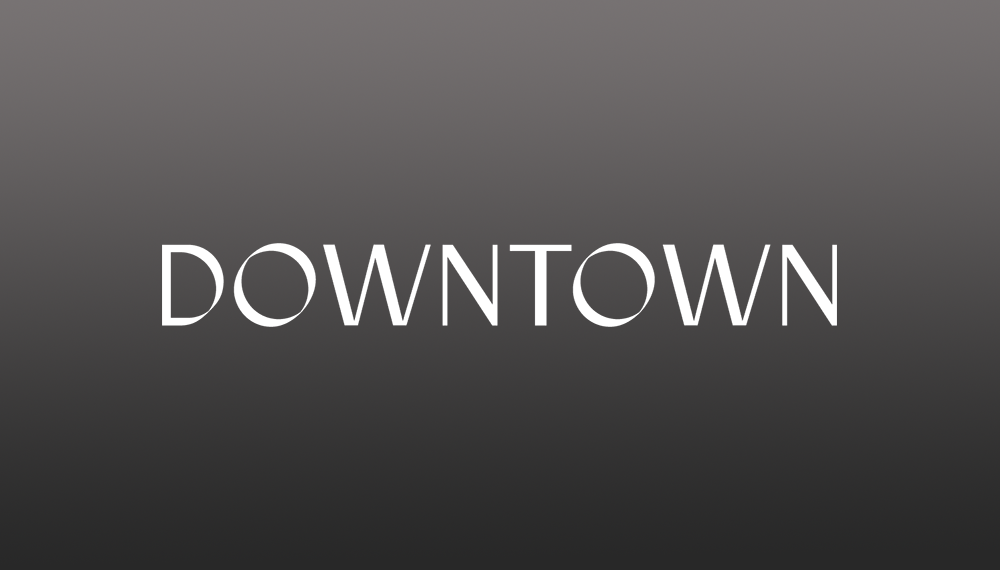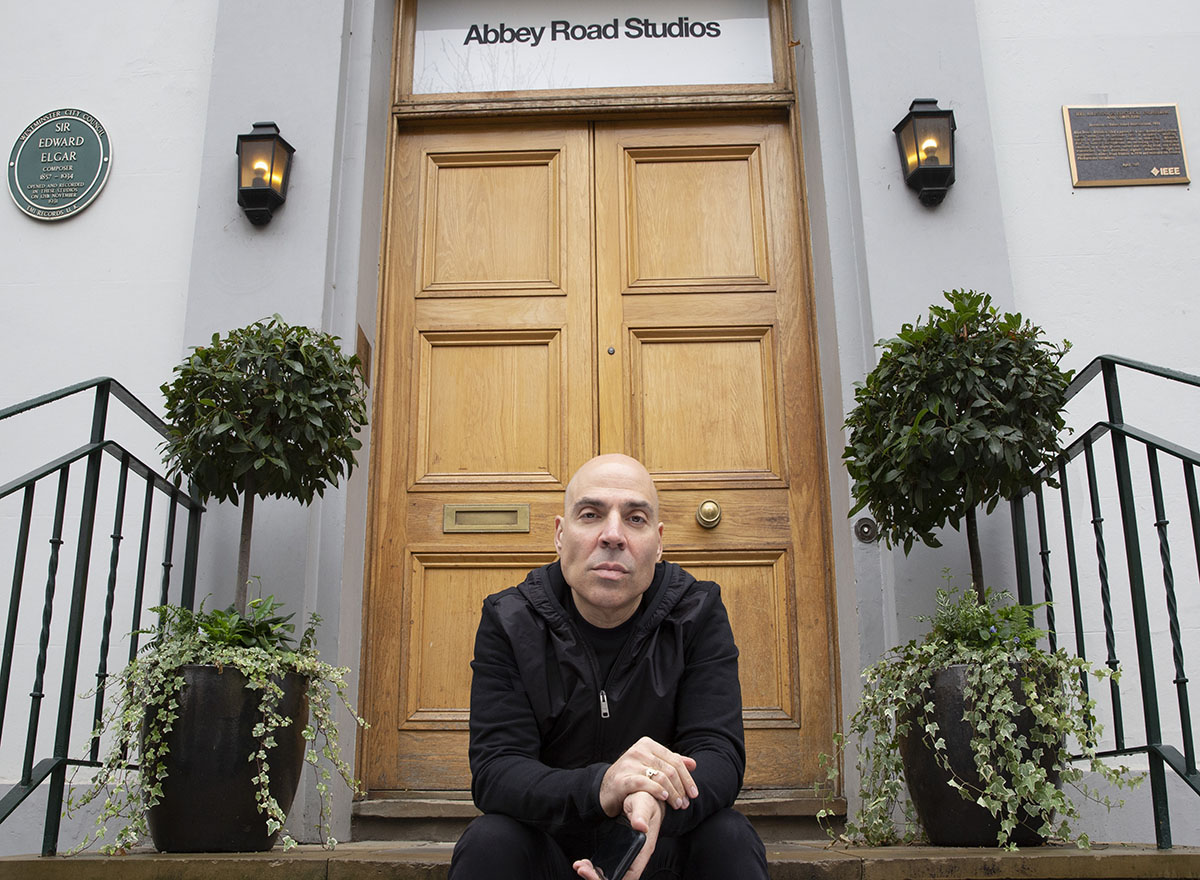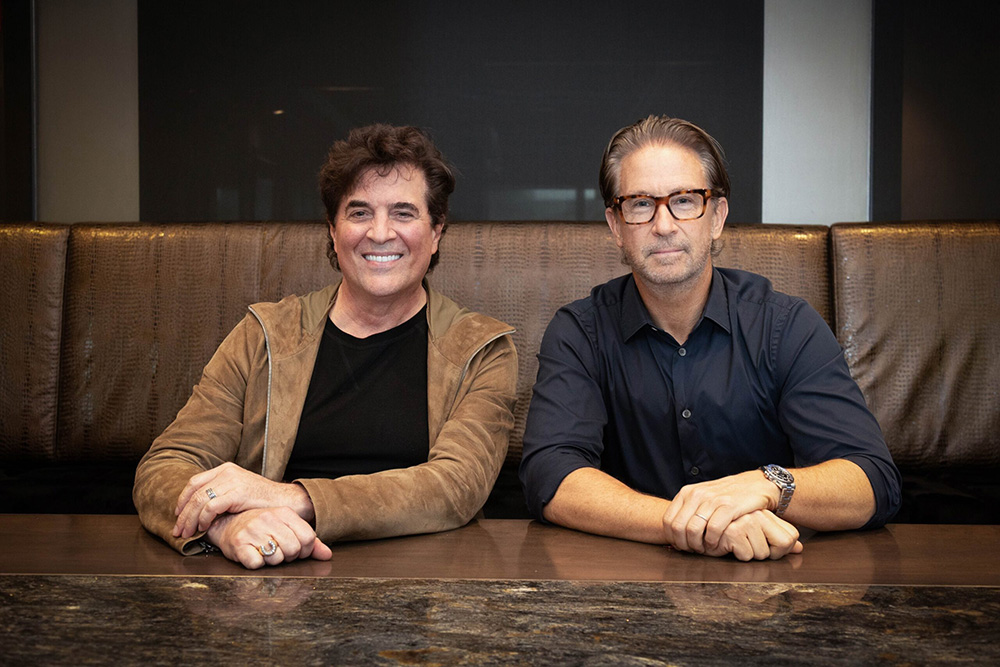
WWW MUSIC AND ADS (Hypebot) –In this guest blog digital consultant Bill Houghton (no relation) who blogs @ BroodingSavage takes a critical look at the future of ad supported music:
Despite the release of Spiralfrog, Qtrax, and other ad-supported music services, it’s not possible to fully subsidize music via traditional digital advertising. The size of the digital music market is simply too large to be subsidized by the online advertising industry.
A quick analysis of both industries illustrates the point. Including P2P downloads, the online music industry has an estimated value of about $30 billion and rising. That number will only rise as in-store CD sales continue their slide. Free and subsidized distribution models also will increase the percentage of music distributed online.
Meanwhile the total revenue from Internet advertising across all markets and platforms is about $20 billion…
as reported by MediaPost. Experts are predicting this number is approaching a plateau for various reasons. Online media accounts for only 20% of consumers’ attention – implying that there’s a limit of 20% market share that online advertising can hope for.
That’s a clear shortfall of $10b billion and growing. Obviously the entire ad industry does not produce the revenues sufficient to subsidize the online music industry… and it likely never will.
But the outlook is even more dire for ad-supported music. At current price levels, every song will have to generate at least $1.00 of advertising revenue to cover expenses. If CPMs on a highly-targeted web site averaged $10, the user would need to be exposed to 100 ads for every download. That number of ads would quickly deflate the advertising market, devaluing the inventory and making the strategy unworkable.
Ad-supported music seems like a good idea because the price per song is low. But when the total value of digital music is tallied, it’s clear how un-scalable the strategy really is.




























